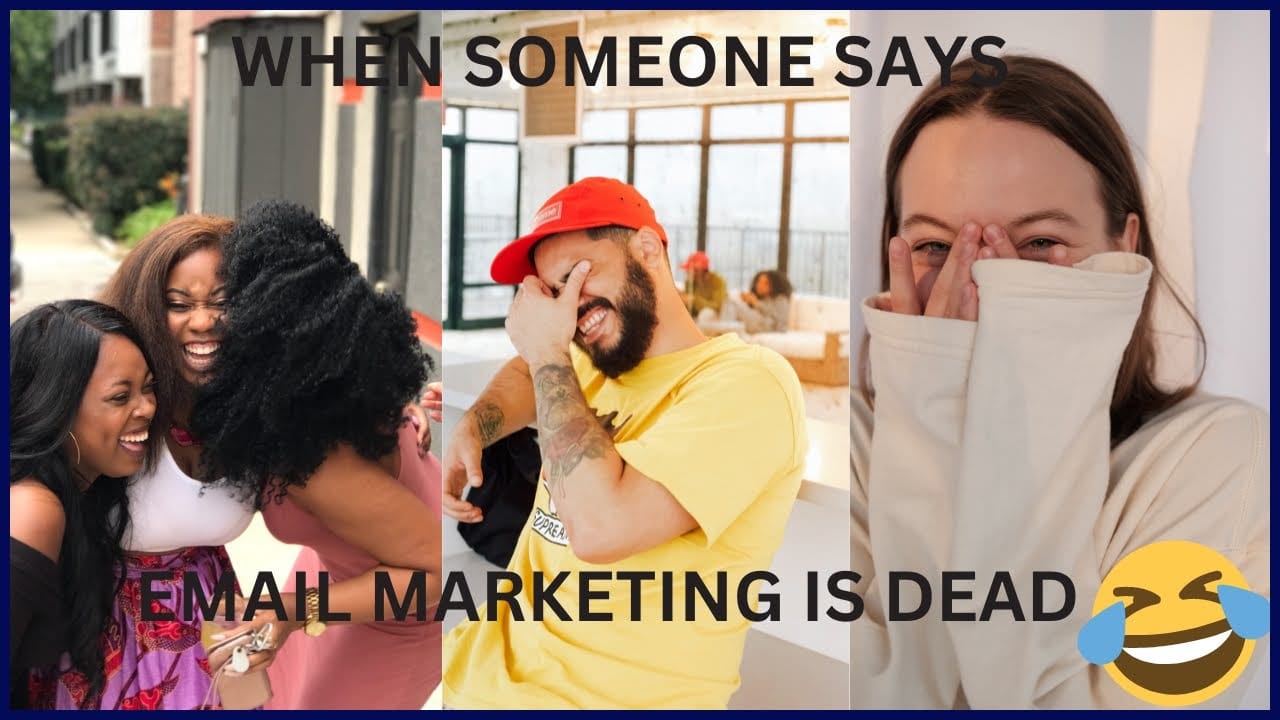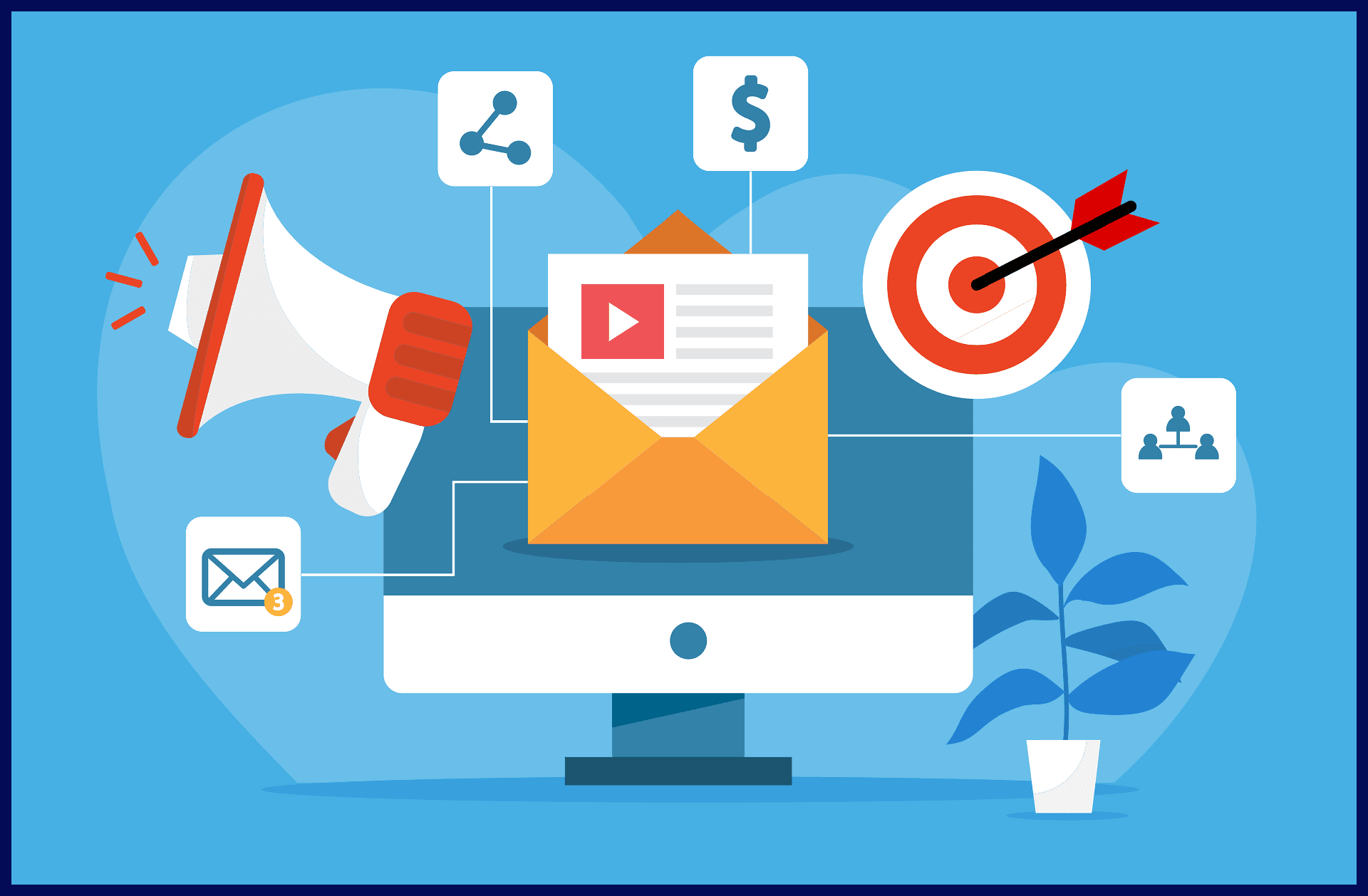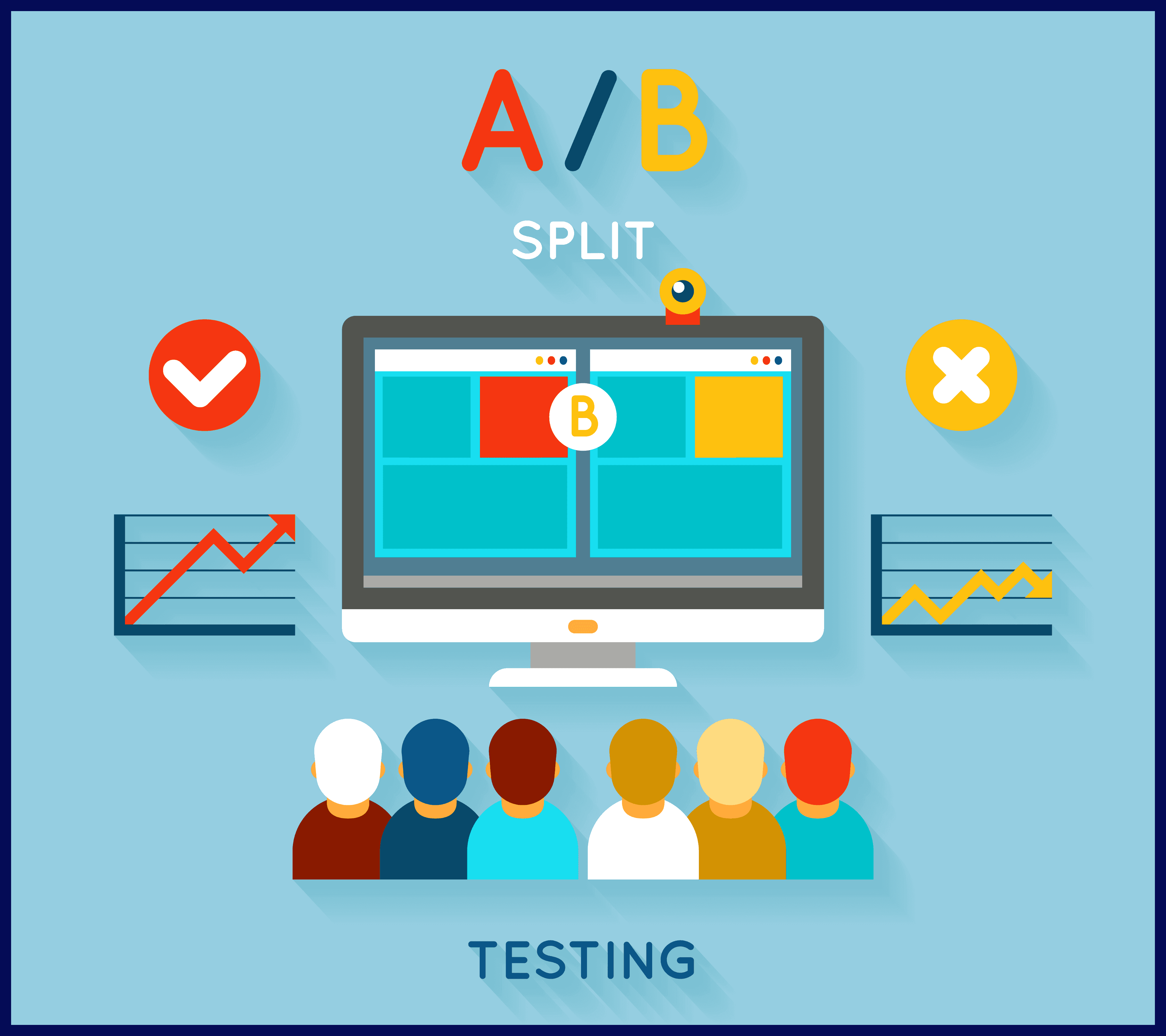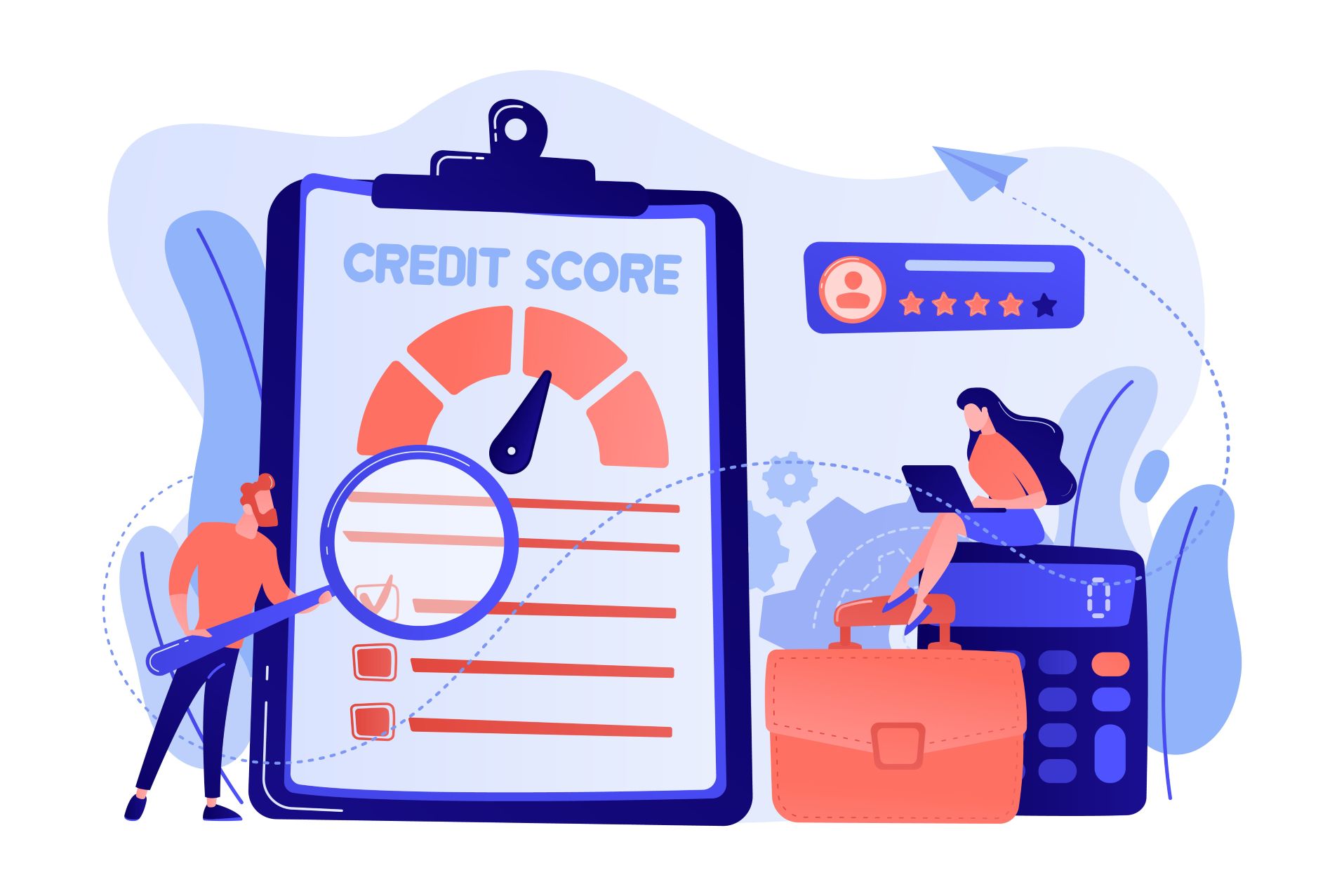Email marketing is a cornerstone of e-commerce, ever-important for engaging customers, driving up sales, and securing a loyal audience. Email, as a channel with the help of the right kind of strategies in tow, can be used to curate a customized experience voicing out for your audience.
Key Discussion Points:
Importance of Direct Communication: Email marketing is an emerging channel for communicating with customers, thereby improving relations and generating sales.
High ROI on Email Campaigns: With the right email marketing strategy in place, it would return great money value for eCommerce businesses.
Role of Segmentation: When you segment email lists, this will personalize the messaging to increase engagement and conversion.
Automation User: Uses all the tools of automation to make email marketing smoother, timely, and relevant.
Performance Metrics: The email campaign performance needs to be tracked and analyzed at all times.
As an eCommerce brand or business, the goal is to see your product sales graph go higher, right? You must ensure you do all the necessary marketing to make this happen, collaborating with us dropshipping suppliers to streamline your inventory and boost efficiency. Ultimately, a well-executed eCommerce email marketing strategy is a vital tool for online businesses looking to thrive in a competitive market. In this article, I’ve mentioned the most effective eCommerce email marketing strategies for brands to utilize. Read on to learn more.
What is Ecommerce Email Marketing Strategy?

Email is a lead player in marketing, but how do you strategize it in a way that can drive conversions? For an e-commerce store, it can leverage email marketing software to streamline this process. Nonprofits, on the other hand, often use nonprofit CRM bulk email features to efficiently reach their donor base and engage supporters. So, what is an e-commerce email marketing strategy?
Ecommerce email marketing strategy is a targeted approach that utilizes email communication to engage existing and potential customers, driving sales and fostering brand loyalty. This strategy involves creating personalized, relevant content that resonates with the audience, encouraging them to take action, such as making a purchase or signing up for newsletters.
Key components of an effective e-commerce email marketing strategy include segmenting the email list based on customer behavior and preferences, which allows for tailored messaging that speaks directly to different audience segments. Types of emails used in this strategy range from welcome emails that introduce new subscribers to the brand to cart abandonment reminders that encourage customers to complete their purchases. Now let’s look at why you need to prioritize email marketing.
- High ROI: In comparison with other marketing channels, email marketing is able to yield one of the highest ROIs. According to studies, it can be as high as $42 for every dollar spent.
- Direct Communication: Emails are one-to-one communication through which the brand directly communicates with the customers. In contrast, on social media, there always seems to be a reduction in visibility. Emails drop directly into the inbox, assuring visibility for the given message.
- Customer Engagement: Regular engagement with the customer via email helps to retain the brand as the topmost priority in the mind of the customer. This could significantly up the level of customer experience through personalized emails that make the customers feel valued and understood.
Key Strategies for Effective Ecommerce Email Marketing
Here, I’ve mentioned a step-by-step guide to help you learn the key strategies for effective email marketing.
1. Build a Quality Email List

An effective email list is the first key to any email outreach effort. You'd better seriously avoid buying it, so try this:
- Popup Sign-Up Form: Use an exit-intent pop-up to catch them before they leave. Incentives like a discount or access to exclusive content will help.
- Signup Forms: Signup forms in the site and blog should be easily located. They should also be easy as well as accessible. Using email marketing software can help ensure accessibility and ease of use.
- Gamification: Adapt to the fun elements. Including gamified elements in your type of email can increase engagement. You can subscribe to spin-to-win wheels to increase your subscriptions. Additionally, integrating this with your email marketing campaign can boost your conversion rate.
2. Segment Your Audience
Segmentation helps you customize your messages depending on how your customers behave, like, and dislike. This increases engagement rates. Some of the common segmentation strategies include:
- Demographic Segmentation: Group customers according to age, location, or gender.
- Behavioral Segmentation: Segment the customer according to previous purchases, browsing history, or the level of engagement.
- Lifecycle Segmentation: New subscribers, repeat customers, or lapsed customers should be sent messages in a segmented way.
3. Develop a Welcome Email Series
First impressions last. Making a strong first impression can be achieved through a well-crafted introductory email campaign. A well-crafted welcome email series sets the tone for your relationship with new subscribers. This series has to introduce your brand and values, outline popular products or services, and offer a special welcome discount, all tending towards encouraging the first purchase.
4. Leverage email marketing software for optimization. Abandoned Cart Emails
Abandoned cart emails play a vital role in the overall recovery of lost sales: whenever a customer leaves his cart with items in it but has not checked out, drop a reminder email. This email can include the following:
Items left within the cart are given a friendly reminder.
A limited-time discount to push through and finalize the purchase.
Customer reviews or testimonials to build trust. Featuring these testimonials in your email campaign can also enhance credibility.
5. Harness the Power of Personalization:
Personalization goes much further than just the customer's name. This is being done to fit the content to the individual tastes and behavior. Think about these features:
Dynamic Content: Use customer data to display relevant products.
Personalized Recommendations: Email products based on prior purchasing or browsing history.
Birthday and Anniversary Emails: Greet on special events with personalized offers or discounts.
6. Email Automation
Automate what can be done with most of your time, thereby keeping in touch when due. Have scheduled email sequences for:
Welcome emails for new subscribers
Follow-up emails after purchase
Re-engagement emails for inactive subscribers
7. Optimize for Mobile
With a large proportion of emails opened on mobile, it is vital that your emails are optimized for mobile. The key tips for doing so include:
Responsive email templates that adapt to different screen sizes.
Keeping subject lines short and impactful enough to fit mobile screens.
Keep content concise with clear calls to action.
8. A/B Testing

A/B testing enables you to try out different elements of an email piece by piece, so you can see what resonates with your audience. Test the following variables:
Subject lines: Test different wordings and lengths to see what drives open rates up.
Call-to-action buttons: Experiment with different colors, sizes, and even words to click through.
- Email Templates: Conduct several tests to see which type of the format interests your target audience more.
9. Monitor and Measure Campaign Performance
Keep monitoring how your mail campaigns are performing at regular intervals to know the scope for improvement. Key performance metrics to be measured include:
Open rates: This tells how well your subject lines are.
Click-through rates: This measures the interest and engagement in your content.
Conversation rates: This shows the actual number of recipients who have fulfilled some action that was originally expected of them.
Unsubscribe rates: These are to let you know when recipients are not very happy with the content or the frequency with which you have been sending emails.
10. Use Seasonal Promotions to Engage Customers
Use the holidays and other such seasonal opportunities to develop campaigns around this. For example:
Discounts or promotions that are time-specific and angled towards the holidays.
Themed content that is relevant for the season.
Countdown timers to create urgency with limited-time offers.
Conclusion
This is exactly why online business runners use email marketing techniques; it engages customers and maximizes sales. If you apply these techniques, you'll be able to get across your campaigns the right way in order to make your target audience understand and work on building solid relationships. Remember that the key to success lies in knowledge about your customers, personalization of your message, and constant testing of strategies according to performance data. I hope this article helped you embrace the power of email marketing and watch your e-commerce business grow.
FAQs
How important is it to you that your email campaigns are mobile-optimized?
With such a huge portion of emails opened on mobile, making sure that your emails are optimized for mobile is very important. This includes using responsive email templates, short subject lines, and concise content with clear calls to action.
What are some of the most useful methods of building a quality email list?
Some of the easiest yet powerful ways to create a quality email list include popup sign-up forms with incentives, easily available signup forms on your website and blog, and gamification around things like spin-to-win wheels for increasing subscriptions.


